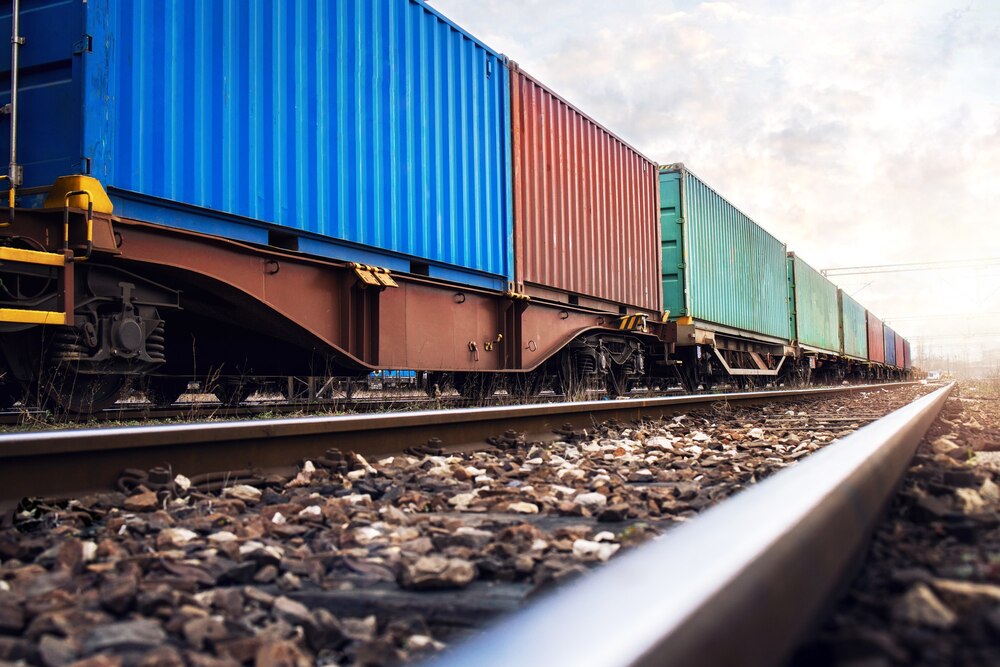Let us put this simply, railcar storage is one of the best options to temporarily storing your railcars in. A stored car, which may or may not be empty, it’s up to you will reside at a railcar storage facility. These large facilities are comprised of miles and miles of track, with some facilities large enough to store entire unit trains.
8 Things to Consider Before Moving Railcars into Storage
Before the railcar is moved into that storage facility, there are some aspects that need to be considered.
Storage Fees
The storage fees are typically charged on a “per car, per day” basis, which comes with additional fees for switching or other services. Moreover, there are many things that can influence pricing, whether the car is empty, unloaded, or loaded. Hence, the location can also affect storage pricing, if you have a preferred location, that could cost more because of the well situated geographically.
Certain Requirements
Storage facilities can store all types of railcars and this includes cars that move hazardous materials. However, not all facilities may accept them or be equipped to do so. So, you need to search and ask about that aspect.
Length of Time in Storage
Railway storage offers short-term or long term for railcars. Similarly, this can cause variation in rates as service providers may choose to charge daily, monthly, or annually. The main goal of railway storage is the quick storage access of the facility. Typically, this means the car can be returned back into service in the shortest amount of time possible once it has been requested by the customer.
Finding a Storage Provider
In the case of railway storage facilities, they are strategically located in proximity to railway interchanges or terminals. Therefore, location is the main key when it comes to storage providers. It is beneficial to choose a facility that interchanges with multiple railroads, this is because it provides diverse options.
Security
Every facility has different levels of security and this is particularly for those storing hazardous material cars. Therefore, security may include lighting, fences, or even security guards.
Services Provided
There are some railway storage facilities that don’t offer much other than storing. However, there are some facilities that offer mobile repair, cleaning, switching, transloading, scrapping, and much more., In order to remain competitive, this can be advantageous to offer these services.
Safety
One of the biggest concerns when selecting a railway storage facility is safety and security. Similarly, the health and safety of the workers can be a threat because of the rail equipment. When considering cars carrying hazardous materials, federal and industry regulations are in place to minimize that.
Storage Alternatives
When we are faced with the option of spending money to move empty cars, we tend to seek alternative solutions so we can avoid extra costs. Moreover, the alternatives could include keeping an empty car in service. However, this is not an attractive option for you as a car owner. And, continuing to move the car unnecessarily can be expensive and cause wear and tear. With railway storage facilities, the car can be pulled into service when it is needed again.
Why is the Number of Railcars in Storage Important?
The number of railcars being up or down is talked about by rail equipment manufacturers, suppliers, and industry observers. Why is the figure important though?
In order to understand the network capacity, it is important to know how many railcars are in storage. Additionally, these industry participants also look at the number of railcars in storage by the type of railcar.
There is a reason why so many railcars are in storage and that is because the railcars are very specific to the type of freight being moved. For example, more hopper cars will be required to transport grain if more grain needs to be exported both locally and internationally. Railcar owners may temporarily store some of those hopper cars if there is less grain that has to be transported.
The Impact of Railcar Storage on Industry Dynamics
- Resource Optimization: Railcar storage data helps industry stakeholders optimize their resources. By gauging the number of railcars in storage, manufacturers and suppliers can adjust production and distribution strategies accordingly. Moreover, this prevents overproduction during periods of low demand, preventing excess inventory buildup.
- Market Flexibility: The availability of stored railcars allows the industry to swiftly respond to shifts in demand. When certain commodities experience a surge in need, stored railcars can be swiftly reintegrated into service. Hence, ensuring a seamless supply chain and preventing bottlenecks.
- Economic Indicators: The number of railcars in storage serves as an economic indicator, reflecting the health of various sectors. A rise in stored railcars might signify a slowdown in manufacturing or a decline in trade. On the other hand, a reduction could point to economic recovery and increased activity.






